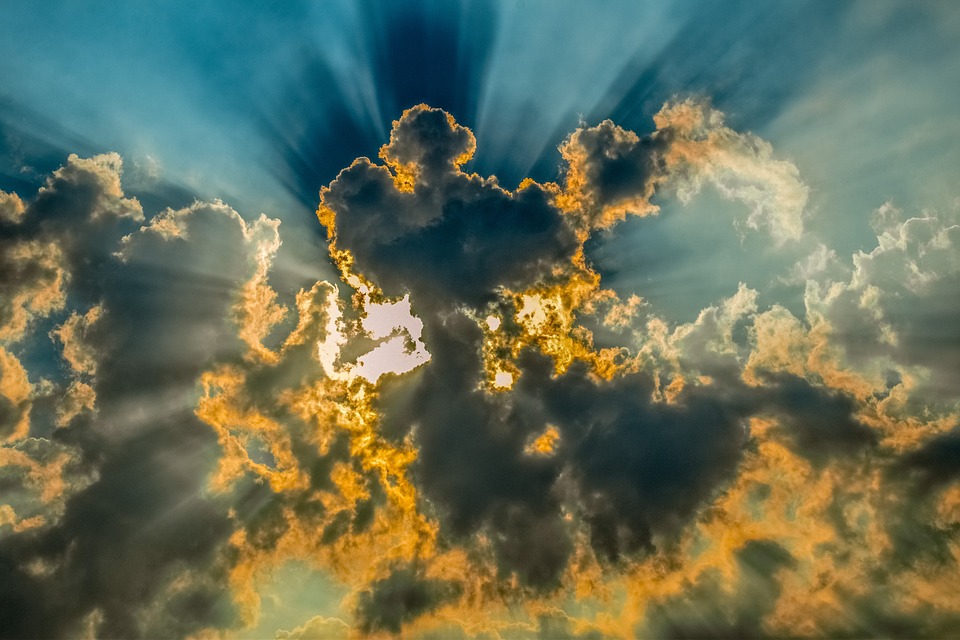Why Is Climate Change a Social Justice Issue? Understanding the Intersection of Climate and Inequality
Climate change is not merely an environmental concern; it is a profound social justice issue that disproportionately affects marginalized and vulnerable communities worldwide. This intersection of climate change and social inequality highlights the urgent need to address systemic injustices as part of climate action.
Understanding Social Justice in the Context of Climate Change
Social justice refers to the fair distribution of resources, opportunities, and burdens across society. Climate change disrupts this balance, as certain groups—particularly low-income communities, developing nations, and Indigenous populations—face more severe impacts due to systemic inequalities. These disparities are rooted in historical injustices and current socio-economic conditions that limit access to resources necessary for adaptation and resilience.
Who Is Most Affected by Climate Change?
– Low-Income Communities: Often situated in areas more vulnerable to extreme weather events, such as flood-prone regions or urban heat islands, low-income populations lack the resources to prepare for or recover from climate impacts.
– Developing Nations: Countries that contribute the least to global greenhouse gas emissions are often hit hardest by climate-related disasters. For instance, a World Bank report predicts that climate change could push an additional 68 to 135 million people into poverty by 2030, primarily in developing regions[3].
– Indigenous Communities: Climate change threatens Indigenous lands and traditional lifestyles. Altered ecosystems disrupt their ability to hunt, fish, and gather resources essential for their cultural practices[5][9].
Examples of Climate Inequality and Social Justice Issues
– Health Disparities: Vulnerable communities face increased risks from climate-related health issues such as heat stress, respiratory diseases, and mental health challenges exacerbated by extreme weather events[2][11].
– Food and Water Security: Climate change intensifies food and water shortages, particularly in regions already struggling with limited resources. Poor agricultural yields due to changing weather patterns disproportionately affect low-income populations[3][12].
– Forced Migration and Displacement: Rising sea levels and extreme weather events lead to displacement, with low-income communities often lacking the means to relocate safely[6][9].
– Economic Inequality: Wealthier nations and individuals typically have more resources to adapt to climate impacts, while poorer communities struggle with limited support systems. This disparity exacerbates existing economic inequalities[3].
Climate Justice and Human Rights
Climate change fundamentally threatens human rights, including the rights to health, housing, food, and a safe environment. International frameworks like the Paris Agreement emphasize the need for equitable climate action that addresses these injustices[9]. The principle of climate justice asserts that those who have contributed least to climate change should not bear its greatest burdens.
Climate Justice Movements and Community Advocacy
Grassroots movements led by affected communities are crucial in advocating for equitable climate policies. Organizations focused on youth-led initiatives and Indigenous rights are at the forefront of this fight, demanding recognition of their unique vulnerabilities and contributions to solutions[7][8]. These movements aim to shift decision-making power back to marginalized groups who are disproportionately affected by climate change.
How Addressing Climate Change Through a Social Justice Lens Benefits Everyone
Inclusive policies that prioritize the needs of vulnerable communities not only foster resilience but also create a more equitable society. By ensuring that all voices are heard in climate decision-making processes, we can develop solutions that benefit everyone while addressing systemic inequalities[6][12].
FAQs
– Why are certain communities more affected by climate change?
Vulnerable communities often live in high-risk areas with inadequate infrastructure and limited access to resources necessary for adaptation.
– How can climate policy address social justice?
By prioritizing equity in resource distribution and ensuring marginalized voices are included in decision-making processes.
– What is the role of developed countries in climate justice?
Developed nations have a historical responsibility for greenhouse gas emissions and should support vulnerable countries through financial aid and technology transfer.
– How does climate change impact Indigenous lands?
Climate change disrupts ecosystems essential for traditional practices, threatening cultural heritage and livelihoods.
– Can climate justice improve economic inequality?
Yes, addressing climate justice can lead to more equitable resource distribution and opportunities for marginalized communities.
Conclusion
Recognizing climate change as a social justice issue is essential for fostering equitable solutions that protect vulnerable populations. As we confront this global crisis, it is imperative that we advocate for just policies that ensure a sustainable future for all. Addressing these inequalities not only benefits those most affected but also strengthens our collective resilience against the impacts of climate change.

Kyle Whyte is a notable scholar and professor at the University of Michigan, holding positions such as the George Willis Pack Professor in the School for Environment and Sustainability and Professor of Philosophy. Specializing in environmental justice, his work critically examines climate policy and Indigenous peoples’ ethics, emphasizing the nexus between cooperative scientific endeavors and Indigenous justice. As an enrolled Citizen Potawatomi Nation member, he brings a vital perspective to his roles as a U.S. Science Envoy and member of the White House Environmental Justice Advisory Council. His influential research is supported by various prestigious organizations including the National Science Foundation, and disseminated through publications in high-impact journals. Kyle actively contributes to global Indigenous research methodologies and education, with affiliations to numerous institutes and societies dedicated to traditional knowledge and sustainability. Recognized for his academic and community engagement, Kyle has earned multiple awards and served in various visiting professorships. His efforts extend to leadership positions on boards and committees focused on environmental justice nationwide.
